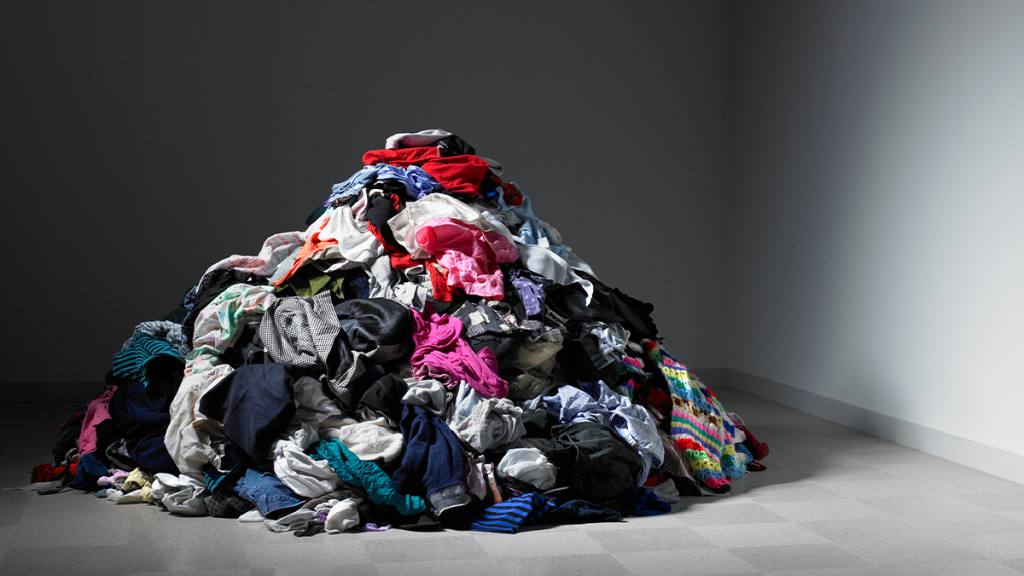Sustainable fashion is more than just a trend—it’s a movement that addresses the environmental and ethical impacts of the clothing industry. As consumers become more conscious of their ecological footprint, the demand for sustainable fashion continues to grow. This guide aims to provide a comprehensive overview of what sustainable fashion is, why it matters, and how you can incorporate it into your wardrobe.
Understanding Sustainable Fashion
Sustainable fashion encompasses practices and products that prioritize environmental and social responsibility. It involves considering the entire lifecycle of a garment, from design and production to usage and disposal. Sustainable fashion focuses on reducing waste, minimizing carbon footprints, and ensuring fair labor practices.
To understand sustainable fashion better, it’s essential to recognize the various approaches brands can take. These include using eco-friendly materials like organic cotton, recycled fabrics, and low-impact dyes. Additionally, some brands implement zero-waste design techniques, produce locally to cut down on transportation emissions, and adopt circular fashion models that promote recycling and upcycling.
The Importance of Sustainable Fashion
The fashion industry is one of the largest polluters in the world, contributing to significant environmental damage. Fast fashion, characterized by cheap, rapidly produced clothing, leads to massive waste and pollution. Sustainable fashion addresses these issues by promoting practices that are less harmful to the planet.
Beyond the environmental impact, sustainable fashion also considers the social implications. Many fast fashion brands rely on exploitative labor practices, including poor working conditions and unfair wages. By supporting sustainable fashion, consumers can help promote ethical labor practices and ensure that workers are treated fairly.
Sustainable fashion also encourages mindful consumption. Instead of buying numerous low-quality items that quickly end up in landfills, consumers are urged to invest in higher-quality, timeless pieces that last longer. This shift not only benefits the environment but also fosters a more thoughtful and intentional approach to personal style.

How to Build a Sustainable Wardrobe
Building a sustainable wardrobe starts with making informed choices about the clothes you buy. Begin by researching brands that prioritize sustainability and ethical practices. Look for certifications like Fair Trade, GOTS (Global Organic Textile Standard), and B Corp to ensure that the brands meet specific environmental and social standards.
Another key aspect of a sustainable wardrobe is choosing quality over quantity. Invest in well-made pieces that are versatile and timeless. Focus on building a capsule wardrobe—a collection of essential items that can be mixed and matched to create various outfits. This approach not only reduces waste but also simplifies your wardrobe and ensures that you always have something to wear.
Second-hand shopping is another excellent way to embrace sustainable fashion. Thrift stores, consignment shops, and online platforms like Depop and Poshmark offer a wide range of pre-loved clothing that can add unique flair to your wardrobe while reducing demand for new items. Additionally, consider hosting clothing swaps with friends to refresh your wardrobe without buying new clothes.
Caring for Your Sustainable Wardrobe
Once you’ve built a sustainable wardrobe, it’s essential to take good care of your clothes to extend their lifespan. Proper care reduces the need for frequent replacements and helps minimize waste. Start by following the care instructions on garment labels to avoid damaging the fabric. Washing clothes in cold water, using gentle detergents, and air-drying whenever possible can significantly prolong the life of your garments.
Repairing and mending clothes is another crucial aspect of sustainable fashion. Learn basic sewing skills to fix minor issues like loose buttons or small tears. For more significant repairs, consider taking your clothes to a tailor. By maintaining your garments, you can keep them in good condition and avoid contributing to the cycle of fast fashion.
Conclusion
Sustainable fashion is a powerful way to make a positive impact on the environment and society. By understanding the principles of sustainable fashion, recognizing its importance, and taking steps to build and care for a sustainable wardrobe, you can contribute to a more ethical and eco-friendly fashion industry. Embracing sustainable fashion not only benefits the planet but also promotes a more thoughtful and intentional approach to style, proving that fashion can indeed be both beautiful and responsible.

